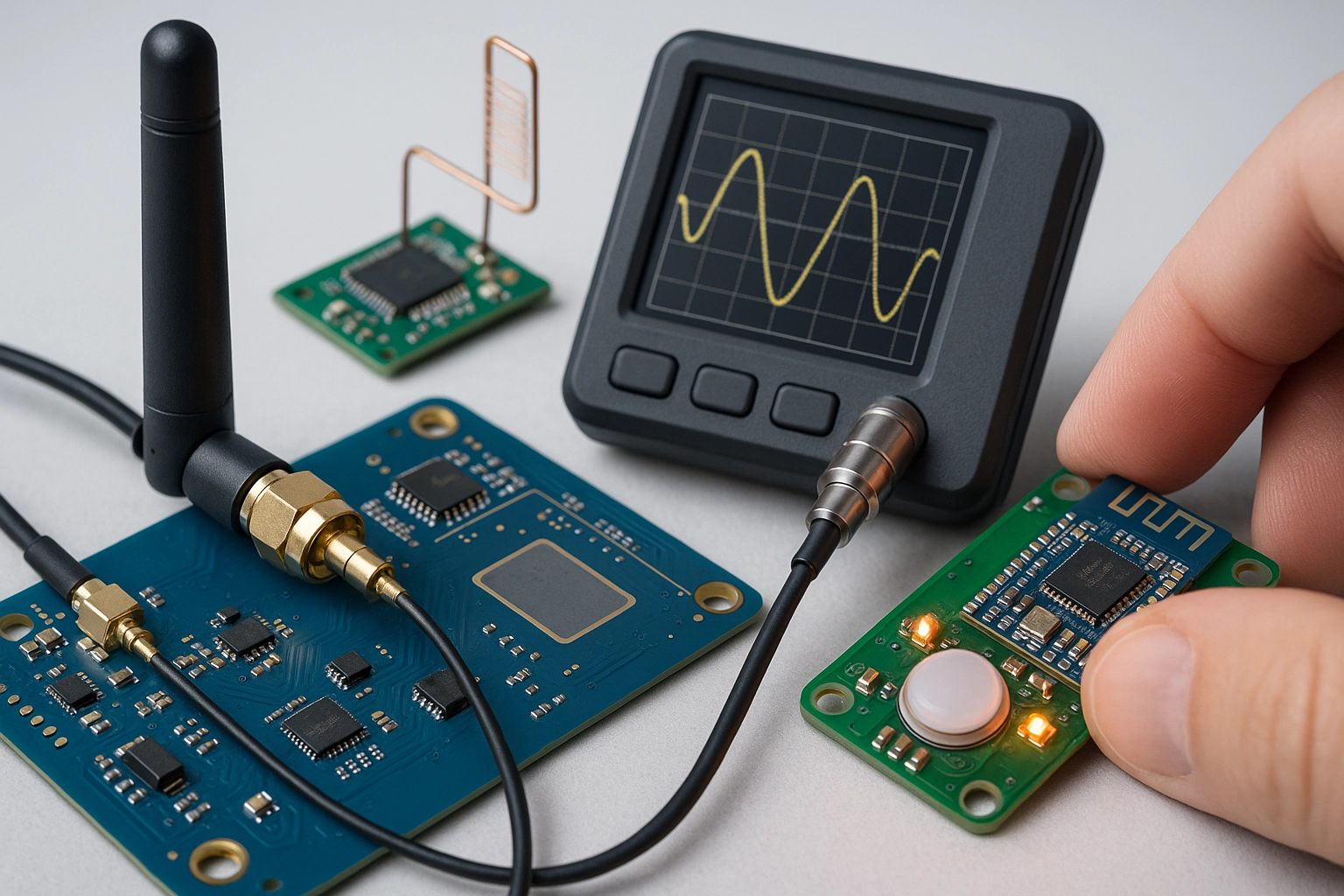SAE J2945 1 V2V Basic Safety Message Communication Test
The SAE J2945 standard defines a set of tests for verifying the functionality and reliability of Vehicle-to-Vehicle (V2V) communication systems in automobiles. These systems are designed to enhance road safety by enabling vehicles to communicate with each other, sharing information such as speed, position, and heading. The V2V Basic Safety Message Communication Test specifically focuses on ensuring that these messages can be reliably transmitted between vehicles, thereby preventing potential collisions.
The test is crucial for automotive manufacturers aiming to comply with global safety regulations and improve the overall driving experience by enhancing situational awareness. It ensures that the communication protocols are robust enough to withstand various environmental conditions and network challenges. This includes testing under different weather conditions, varying road conditions, and interference from other electronic devices.
The SAE J2945 1 test involves a series of predefined scenarios where two vehicles equipped with V2V systems exchange basic safety messages. The test measures the accuracy, reliability, and performance of these messages under controlled laboratory settings as well as real-world conditions. This ensures that the communication system behaves as expected in various operational environments.
The testing process involves multiple steps to ensure comprehensive evaluation of the system's capabilities:
- Installation of Test Equipment: The vehicles are equipped with the necessary hardware and software required for V2V communication. This includes antennas, transmitters, receivers, and communication protocols.
- Calibration: The testing equipment is calibrated to ensure accurate measurements of signal strength, frequency, and other parameters.
- Scenario Design: Predefined scenarios are created to simulate real-world driving conditions. These scenarios include urban environments, highways, and rural roads.
- Data Collection: During the test, data is collected on message transmission rates, error rates, latency times, and other performance metrics.
The results of these tests are critical for ensuring that V2V systems meet the stringent requirements set by regulatory bodies. By adhering to SAE J2945 standards, manufacturers can demonstrate compliance with international safety regulations such as ISO 26262 and ECE R11.
The test also ensures that V2V communication is robust enough to handle real-world conditions, including varying network environments and potential interference. This is crucial for the widespread adoption of V2V technology in automotive systems.
Quality and Reliability Assurance
The SAE J2945 test plays a vital role in maintaining high standards of quality and reliability within the automotive industry. By ensuring that V2V communication systems function correctly, this test contributes significantly to reducing accidents caused by blind spots or other visibility issues.
Quality assurance in this context involves not only testing the system under controlled conditions but also evaluating its performance in real-world scenarios. This comprehensive approach ensures that the system can handle a wide range of conditions and challenges encountered during actual use.
The reliability aspect is equally important, as it ensures that communication systems remain functional over time without degradation or failure. Regular testing helps identify potential issues early on, allowing for timely corrective actions to be taken.
Compliance with SAE J2945 standards also provides peace of mind to consumers, knowing that the vehicles they purchase are built to the highest safety and performance standards. This builds trust between manufacturers and customers, fostering long-term relationships and brand loyalty.
Customer Impact and Satisfaction
The SAE J2945 test has a direct impact on customer satisfaction by enhancing the overall driving experience. Customers benefit from improved situational awareness, reduced risk of accidents, and increased confidence in their vehicles' capabilities.
By ensuring that V2V communication systems work reliably and efficiently, this test contributes to safer roads and less stress for drivers. This is particularly beneficial in urban environments where traffic congestion and visibility issues are common challenges.
The reliability of the system also enhances customer satisfaction by reducing downtime and maintenance costs associated with failed or malfunctioning components. Knowing that their vehicles meet stringent quality standards provides customers with a sense of security, which can lead to higher levels of customer loyalty and repeat business.
Competitive Advantage and Market Impact
- Innovation Leadership: By adhering to SAE J2945 standards, manufacturers demonstrate their commitment to cutting-edge technology and innovation. This sets them apart in a competitive market where safety is paramount.
- Regulatory Compliance: Ensuring compliance with international standards such as ISO 26262 and ECE R11 provides a clear advantage over competitors who may not meet these requirements, thereby enhancing market reputation.
- Brand Reputation: A strong track record in safety and reliability testing can significantly improve brand reputation, attracting more customers and increasing market share.





